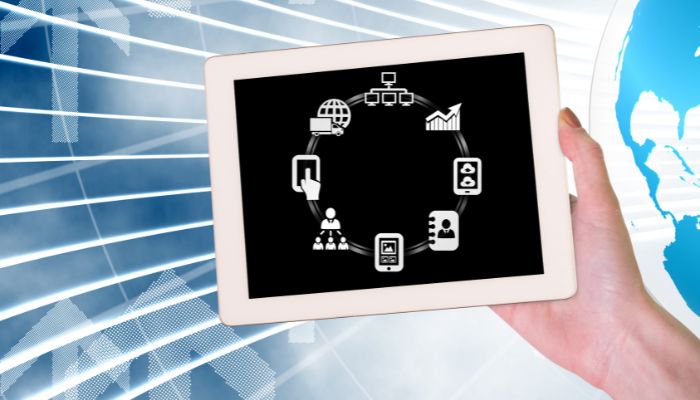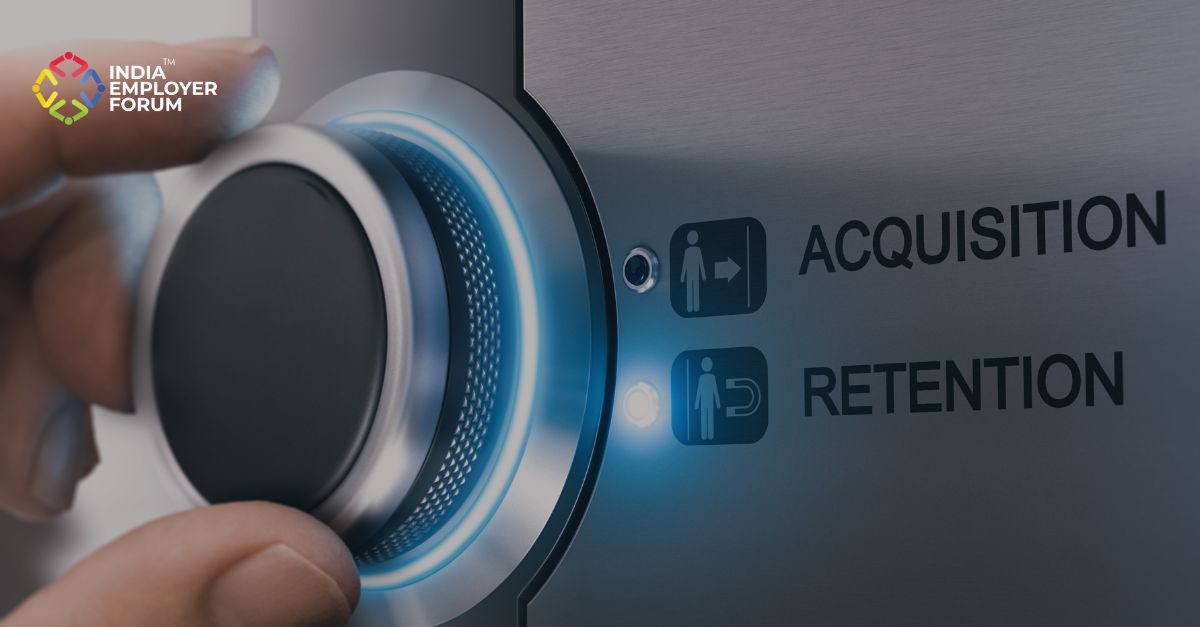Most HR professionals feel that HR analytics play an essential role in helping them do their jobs more efficiently. Still, only a small percentage of those believe that they can use it to its full potential. So the question arises, how can HR professionals use HR analytics to their advantage? How can they get insights out of data? And how do they know that those insights can be used for making informed and profitable decisions?
The HR department has undergone several revolutionaries in recent years, especially during the pandemic. The HR department has always been known as one of those parts of organizations focused the most on human welfare and development. However, unlike other departments, it has not always been easy for HR professionals to put the success of their human-centred initiatives into numbers. That’s where HR analytics has helped the HR department of an organization to implement processes and tools more efficiently and measure the success of their initiatives in clearer, quantifiable terms. HR can now use data to identify employee turnover patterns, measure recruitment costs, and figure out ways through which they can contribute towards improvement in employee performance over some time.
To make the most of HR analytics and its opportunities, HR needs to understand how it works and the areas in which they can use it. To begin with, HR analytics or people analytics, as it is often referred to, is the process of accumulating workforce data and analyzing it to make decisions that can improve employee performance and productivity and help an organization achieve its business goals.
You might also be interested to read: Analytics Jobs In India Looks Better Than Just Bright
Here are some of the areas where HR analytics can be used in the workplace:
- Recruitment: The competition for attracting top talent is rising every day. It is a challenge for organizations to choose top talent over their competitors. And bad hiring decisions can cost organizations a lot of money. This is why knowing who to hire is very important. However, without HR analytics, it can be challenging for organizations to analyze their previous hiring decisions, study the talent market, and then make hiring decisions based on their needs. HR analytics can significantly enhance talent acquisition management and help organizations use data and insights to make better hiring decisions. Organizations can screen thousands of candidates and their profiles and shortlist only those matching the open positions’ requirements. Shortlisting a few candidates out of thousands is the hardest part of the job, which HR analytics helps HR professionals with. Once a shortlist is created, it gets easier for HR professionals to evaluate the profiles of each of those candidates individually. Post the analysis; they can only invite the select few most suitable for the role.
- Onboarding and training: Hiring the best candidates for a role is only half the job done. It is also imperative that the new hires get akin to the new culture, their job responsibilities, and their teams and managers. Also, they need to be properly guided about the training programs in place for their upskilling and professional development. Before they start doing the jobs they have been hired for, new employees should first get accustomed to corporate procedures and get used to tools that they will be using almost daily. Continuous learning is critical as businesses constantly upgrade their offering and the tools and technology they use. This is where online learning programs and one-on-one training sessions are vital. However, finding out the exact benefits these programs offer is very difficult. This is where HR analytics can help organizations determine the cost of training for each employee and the profit they are getting out of it. It can also assist in analyzing the learning needs of different individuals. With this information, HR can conduct training to make employees more productive.
- Employee performance: Analyzing employee performance is one of the best features of HR analytics. With HR analytics, it becomes easier for HR to not only monitor the performance of each employee separately and against different key performance indicators, it can be used to give valuable feedback to employees, which can help them improve their performance within a short period. Considering how a slight increase in performance can have a more considerable impact on a company’s overall profits, HR analytics is well worth the investment.
- Compensation: Amongst others, compensation is the most significant contributor to employee satisfaction. Making a living is the most important thing, and that is why people who are looking for a new job always see whether or not a company is paying them a decent enough salary before they apply. HR analytics can be a tremendous advantage for HR professionals who prepare different compensation slabs for other employees. It can help HR know the right to increase employees’ salaries and by how much. It also tells them whether it is time to cut down costs.
- Retention: Retaining top performers is both a challenge and a priority for organizations. Employees can think about leaving an organization for several reasons – poor communication, low salary, or underachievement. HR analytics can help identify these issues, which are usually hard to find out. With this information handy, HR professionals can focus on finding the solutions to these problems and making top performers stay.
References:
- Analytics in HR: A No-Nonsense Guide to Making Analytics Work for You | BambooHR | Marie-Reine Pugh | January 11, 2022
- 9 Ways to Use HR Analytics and Big Data in the Workplace | SageHR | October 8th, 2017
You might also be interested to read:






